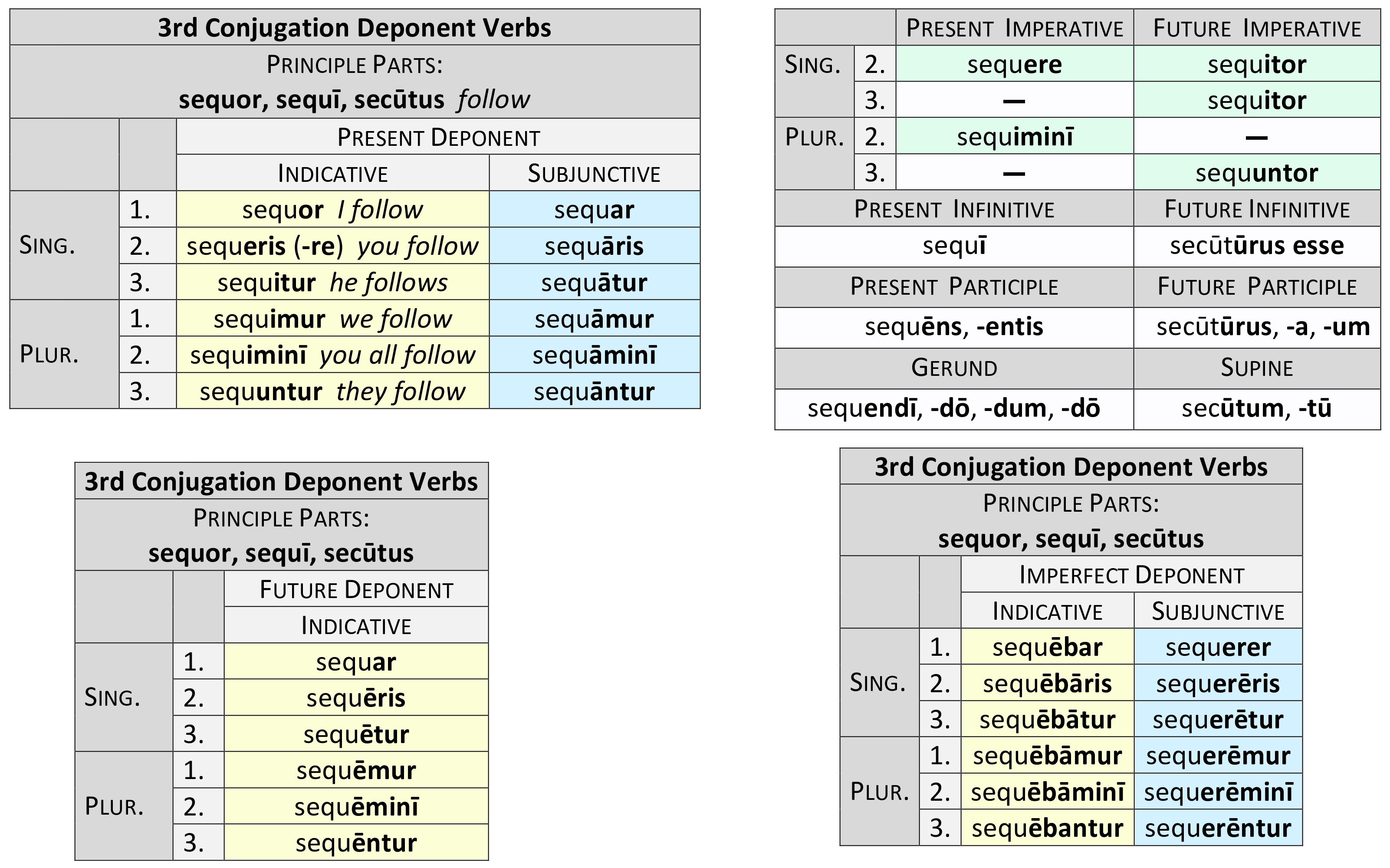

However, the best way to cope with this trying part of speech is to get to know this demon and exorcise it!īy the end of this post, you'll not only know what conjugation is and how to conjugate a verb but you'll also be equipped with tips and tricks that will help make verb conjugations as easy as unus, dua, tres.īy the way, if you want to learn Latin fast and have fun while doing it, my top recommendation is Latin Uncovered which teaches you through StoryLearning®. You have infinite tenses, voices, and oh so many irregularities and exceptions to the rule. Each time, they are cycling through and practicing their skill a bit more in-depth.Verbs can be tricky in any language and when you learn Latin, you'll soon see that Latin verb conjugation is no different. Finally, they should practice conjugating a verb through all tenses-active voice-at once. I shall have cleaned my house before I go to bed) has –eri- in front of the personal endings.Īs students learn each tense’s endings, they should start practicing adding them to Latin verbs and translating them. Finally, future perfect (something that has a suspension time, i.e. Pluperfect tense has –era- in front of the personal endings and is translated with “had.” It is the farthest tense in the past. It does have some slightly different endings, just to ensure we are paying attention. Perfect tense shows completed past action. Again, students should over study their endings. Future tense has -bi- or -bu- in front of the personal endings (except for those in third and fourth conjugations which have -a- or -e- in front of the personal endings. Imperfect tense is incomplete or continuous past action. They should over study this just as they did the present tense. Ultimately, your student should be able to conjugate any verb in the present tense without needing to consult their notes.Īfter present tense, they can move on to imperfect which just has –ba- in front of the personal endings. We begin with first conjugations and then work with the other conjugations. Learning these basic endings is the key to learning the verb endings.Īfter memorizing the endings, we then begin adding them to the present stem of our verbs and practicing the skill over and over. I like to write the endings over and over again while singing the song (as a left-handed person, though, I write from right to left when practicing so as to not smear my writing). I strongly believe that students retain more endings if they sing them (they retain anything more readily if they learn it with song). You can sing the endings to Frere Jacques or to anything else you want. We sing the endings to the old Mickey Mouse song. Most verbs have –o as their present personal ending. If students learn those very thoroughly, they will learn the other tenses very easily. The basic Latin verb personal endings are –o/-m, -s, -t, -mus, -tis, -nt. After I am certain students have a working definition of a verb in English, we move on to Latin. Principal parts are like verb DNA and show us how we can form every form of the verb (over 300 forms).

Students, however, love to discuss point of view in novels and the fact that first person point of view has a narrator in on the action and third person point of view has a narrator who is apart from the action. Verb persons are always a bit tricky to describe. I review definitions such as transitive and intransitive, principal parts, tenses, and conjugations of English verbs (I love, you love, he/she/it loves, we love, you all love, they love). First, I always start with the English because we always want to start with what they know. Here is how I go about teaching Latin verbs ( and also a handout). It reminded me of two things: first, Greek is so much easier to learn after knowing Latin and learning the Greek alphabet and second, one must have a plan in order to study successfully. However, I recently had the opportunity to work on Greek verbs in the present tense with one of my friends. I admit it has been many years since I studied a Latin verb for the first time.


 0 kommentar(er)
0 kommentar(er)
